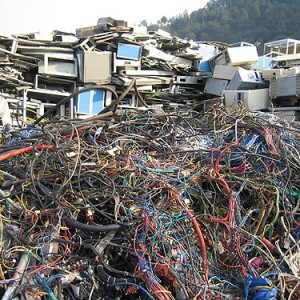COMM 486F, Sustainability Marketing, has been an exciting journey. Before taking this course, I was quite skeptical of green marketing. I was well aware of The Seven Sins of Greenwashing but was unsure how the goals of sustainability and marketing could align successfully . After analyzing case studies, interacting with guest speakers and working with local companies, my knowledge of green marketing has grown tremendously. I now have a greater appreciation for companies like Seventh Generation and Timberland after seeing what they are doing to innovate and mitigate their environmental impact.
Has it changed how you think about how you live your life as a consumer?
COMM 486F has changed how I approach shopping for everyday green products. In fact, I think I spend more time shopping for these items than I did before. I’m doing a lot more research now on the social and environmental benefits of a product before actually purchasing them. While price and efficacy are major determining factors for what I ultimately buy, I’m interested in they story behind the brand, as well as the impact I can make by purchasing the particular product. I’m looking for cues such as: third party certification, education initiatives and strategic partners. I also need to know the product I’m buying is good for both me and the environment.
Has it changed how you think about business?
I think I’m less skeptical about businesses going “green” than when I first started taking the course. Don’t get me wrong. There are still companies out there that haven’t gotten over their own Greenwashing issues (see Nestle’s Eco-Shape Bottle). However, I appreciate how some companies seem really committed to innovating or mitigating their environmental impacts. Airline companies, for example, are using carbon offsets to minimize their impact because the core of their business doesn’t allow much room for traditional reduction methods. The social venture model is increasing in popularity, and it isn’t difficult to see why consumers are rooting for companies who consider the 3P’s in their business models. While cost savings for companies are one of the biggest reasons why brands go green, I also see it as a joint effort with consumers. Consumers need to demand and inspire companies to re-design their products and to innovate for a sustainable future for everyone.

